Developing multiple brands, “drafting” into new markets and imperial ciders?
This piece was provided by CODO Design, a beer and beverage branding firm. Join nearly 6,000 other beer industry pros who receive the Beer Branding Trends newsletter each month covering trends, currents and actionable advice from the front lines of beer branding.
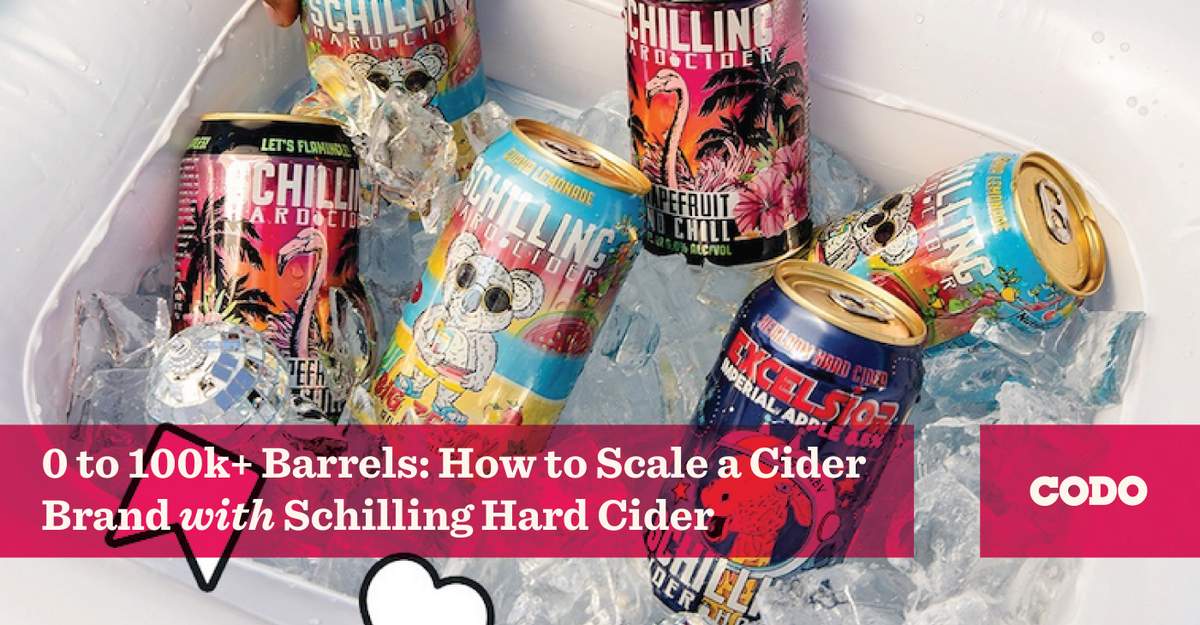
We’ve followed the hard cider category for over a decade, and more than once we’ve thought that we’re finally ready for the Year of Cider. But alas, that day still has never fully come. But that hasn’t stopped the cider category from growing. One standout in this industry, Schilling Hard Cider, has been quietly, and consistently, scaling for nearly 10 years. In 2021, they produced more than 100k bbl of cider, a figure that would land them in the top 50 list for the Brewers Association.
For today’s conversation, we sat down with Schilling’s Chief Commercial Officer, Eric Phillips, to discuss the hard cider category, how Schilling has innovated within the category and moved into the Beyond Cider space, how they think about expansion and customer experience and marketing and a bevy of other valuable ideas for the growing beverage brand.
Let’s dive in.
CODO: Hi, Eric. Please introduce yourself and tell us what you do at Schilling Hard Cider.
Eric: Hi, I’m Eric Phillips, Chief Commercial Officer. I oversee sales and marketing for Schilling Cider, and our portfolio now includes the Schilling ciders, Excelsior imperial ciders, Waveline Hard Yerba Mate, and our new foray into the non-alcohol space, Vida Maté. My main focus is on building our culture, removing roadblocks for the team, and implementing systems for scalable growth. We’re rallying behind three themes for 2022: Back to Basics; Follow Up & Follow Through; and Balance.
Can you give us a rundown on Schilling Hard Cider — founding date, annual production, distribution footprint and well known brands?
Schilling was founded by Colin Schilling and Mark Kornei way back in 2013 in their garage in the Queen Anne district of Seattle. Our ciders are currently distributed in 20 states, primarily across the Western U.S. Our Excelsior Imperial Ciders are now almost half of our total business, but many folks still know us for our quirky, character-centric ciders such as Grapefruit & Chill, Local Legend, and Big Zesty. We don’t reveal exact production numbers, but I will say that in 2021 we produced over 100,000 barrels of hard cider.
You ended up in the beverage industry via a circuitous route. Can you tell me how your background as a teacher turned sales guy turned CCO informs how you approach your role at Schilling?
Yeah, it has been a super fun journey. Right out of college, I was a public school Spanish teacher, during the summers I was commercial fishing in Bristol Bay Alaska. I loved teaching, I realized very quickly that I could see myself easily teaching until I retired but I also wanted to see what other careers existed. After three years, I started exploring other opportunities. In 2014, I came across an opportunity at Schilling’s new taproom that had just opened in the Fremont neighborhood of Seattle. Over the next couple years, I worked my way up through the ranks. My job over the past five years has been mostly about education. In the early days, we were really focused on educating consumers about the differences between craft cider and preconceived notions of super sweet ciders.
At the same time, we had to educate retailers to take a chance on well-made, craft cider. The more information we provided our retail partners, the easier it was for them to say yes. Once we felt we had a decent foothold in the market, through more education, we continued to advocate for craft hard cider as a viable adult beverage… One way we’ve supported this is through our two tap rooms. Schilling Cider House Fremont, located in the Fremont neighborhood of Seattle boasts 32 taps of just cider, and one of the large selections of package ciders in the country. Three years later, we opened Schilling Cider House & Gluten Free Kitchen in Portland. We took it up a notch with 50 taps of cider along with a full kitchen that makes fresh, gluten-free pub fare. This is the largest selection of cider on draft anywhere in the world. The Cider Houses provide an opportunity for us to actively engage with cider lovers and folks who are new to cider. I guess I never really left education!
CODO harps on brand values all the time. I think that this concept gets lost in the noise because most people assume values are either a marketing thing at best, or flat out meaningless at worst (a company declaring its values is like a politician making a “pledge,” and so forth). But you gave me a great example of how Schilling defines and lives by its values. Tell me about Balance and how that guides Schilling’s day to day work.
I absolutely love this question! Schilling was founded by folks who graduated college, joined huge companies and quickly said, “no thanks.” Our mission was to build a company that we actually enjoyed working for and even as we’ve grown, it’s been satisfying to be able to provide that environment to what is now more than 60 employees.
Some specific examples are how we have built out our facility. Over the past few years of rapid expansion, we’ve made absurd investments in order to automate many of the high risk, low pay positions that are common in craft beverage production. For us, that means being able to hire smart, ambitious folks who want to build a career. We try to take care of our folks — pay them well, provide great benefits and some sweet perks (one of which is our BCS or buy cool shit, an annual stipend each full-time employee gets to spend on whatever brings them joy). Now that we have a state-of-the-art facility and a high horsepower team, we can avoid many of the things that can make production jobs dreadful such as graveyards or weekend shifts. We don’t and won’t do them.
A broad aspect of leading with values has been a constant commitment to culture and putting people first. A few years ago we hired an amazing leadership coach and we have made amazing strides in fully incorporating courage based leadership into our culture. We measure cultural health annually using the Denison Culture Survey tool which is benchmarked to over 1,000 companies. It’s a great feeling to see consistently high scores, many in the 98th percentile, while at the same time being able to identify areas where we still have work to do.
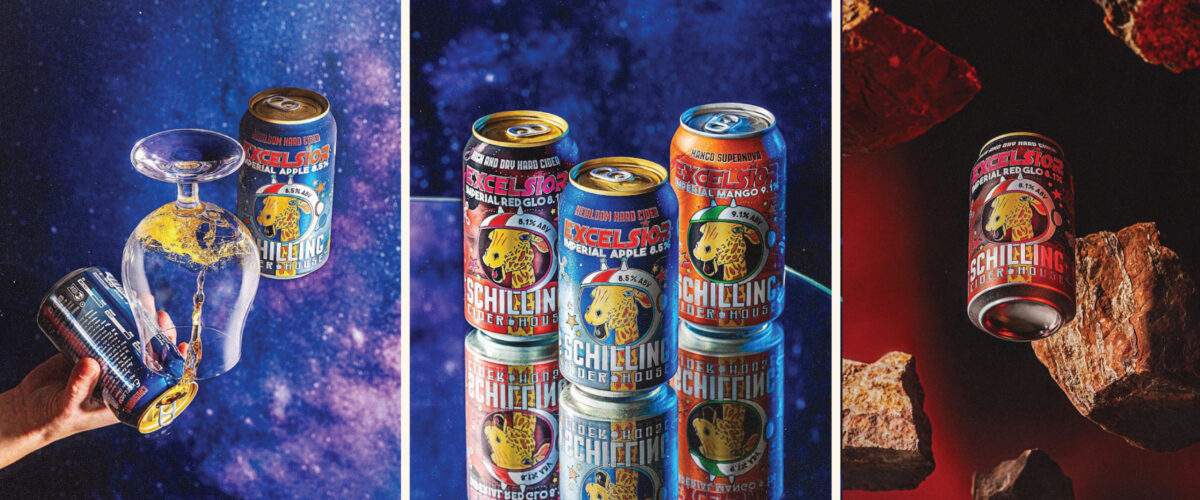
Do you think we’re primed to see cider finally take off now that the American beer industry is declining and consumers are open to more Beyond Beer options?
Industry people talk about how surprising it is that cider popularity continues to grow. But we have been watching local and regional craft cideries grow for years. The difference now is that regional craft cideries, like Schilling, have finally become large enough to influence the growth of the whole category. Our friends at Craft Business Daily recently reported that “of the top 50 beer companies (classified by IRI), [Schilling Cider] holds the second highest dollar share trend vs. last year; up 38% for the 13 weeks ending April 24th.”
That’s out of all beer companies in the U.S. — wild! The majority of drinkers have yet to try a craft cider, so there’s a ton of runway ahead of us. Ultimately, consumers are choosing bold, refreshing, and flavor-forward drinks — cider fits the bill in spades.
From the outside, Schilling appears to be positioned like a beer with fanciful brand names, colorful illustrations and packaged in cans vs. the more traditional (romantic agriculture?) canon cider has historically followed. It seems like it’s meant to sit alongside beer in the cold box and be purchased by beer drinkers.
Is this correct? And if so, did your teamwork through positioning your cider with regard to beer directly or did this happen organically?
I think Schilling’s packaging reflects who we are as a group of characters. This is a place where characters are welcome and celebrated. Originally, we had traditional looking packaging. Our first foray into character-centric branding was with Grapefruit & Chill, with its fabulous pink flamingo and palm trees. We knew this cider was innovative and needed to stand out, so we went for it. I remember being on a flight to Austin, chatting with the person next to me, and they asked what I did. They weren’t familiar with Schilling, so I asked if they’d ever seen a grapefruit cider with a flamingo on it. Their face lit up and exclaimed how much they loved it and how it was like no other cider they’d ever tasted. That was one of those moments when I realized we were onto something. To your point, I do believe having unique, eye-catching packaging has allowed retailers to feel more comfortable putting us next to craft beer and for new consumers to discover us.
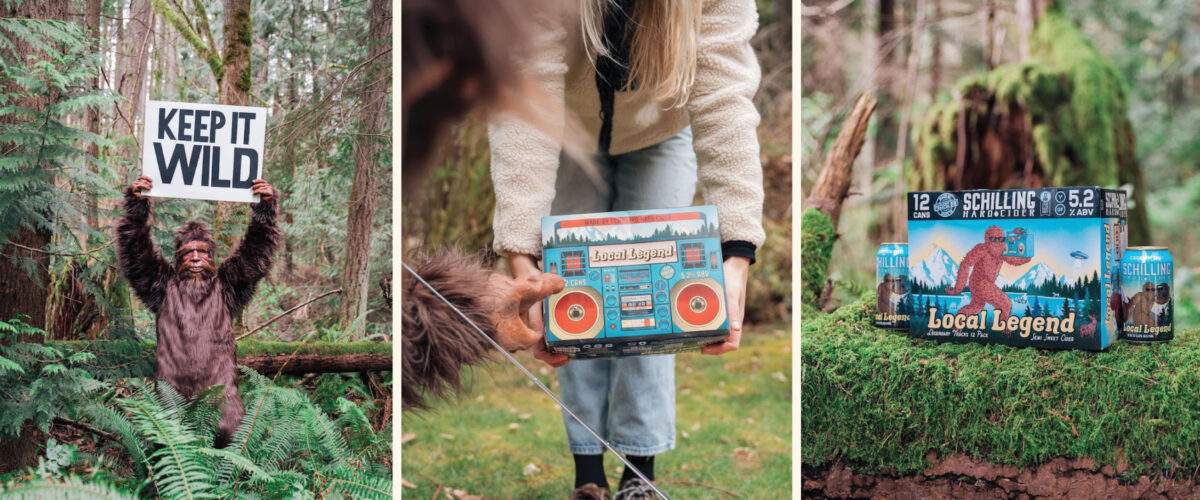
The first time we talked, you mentioned a concept that runs somewhat counter to traditional business and positioning doctrine (e.g. you always want to go where there’s white space. go where there isn’t competition, etc.). But you brought up a great point for a still nascent category like hard cider.
Cider is fraught with preconceived notions and there are a handful of industry leaders that define consumer expectations (for better or worse). This means a wide open market (with no major competitors) isn’t necessarily a golden opportunity, but a sign that you have to work that much harder to educate people about the beverage itself (before you even get to talk about your brand).
Can you tell me more about your strategy of “drafting” into other markets?
We’ve worked hard alongside many great cider companies to help establish the cider industry in the Pacific Northwest. Washington and Oregon sell the most cider per capita in the U.S. — almost 5x the national average — and are also the fastest growing cider markets. There are a couple reasons for this, the proximity to fresh-pressed apples out of Yakima Valley and an active cider community advocating to grow the industry through education. Once we started looking at strategic expansion, we noticed there were several local cideries in each state – meaning the opportunities to be first-to-market were gone. We’ve kept a close eye on the movers-and-shakers in the cider industry and how regional cider makers have gobbled up market share. We’re continually evaluating and adjusting our go-to-market strategy with the goal of growing the overall cider category and inviting more people to the cider party. If we enter a market with a couple of established regional makers, we seek to contribute in an authentic manner that adds value to the category for both consumers and retailers.
Read the rest of this post over on CODO’s site: https://cododesign.com/how-to-make-100k-barrels-cider-schilling-hard-cider/
For more insights like this, join nearly 6,000 other subscribers who receive CODO Design’s Beer Branding Trends newsletter each month covering trends, currents and actionable advice from the front lines of beer branding.

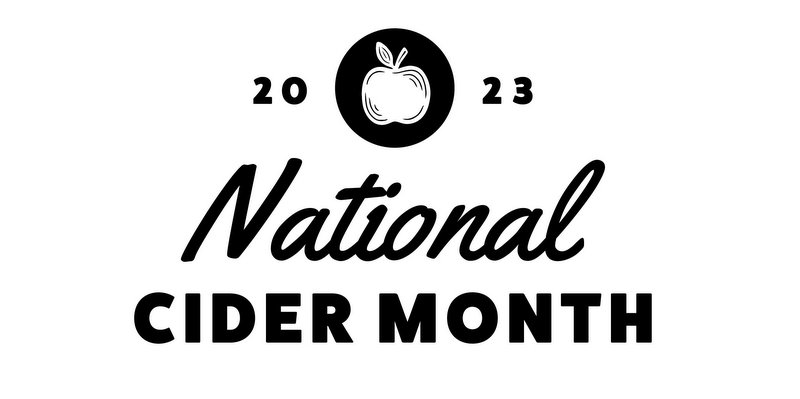
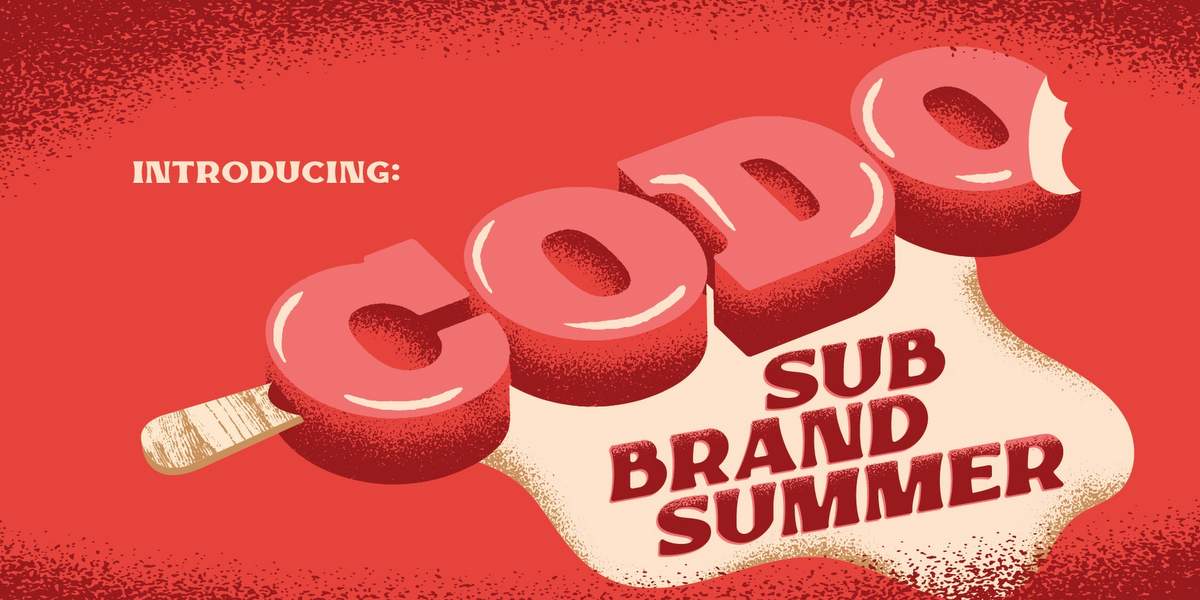
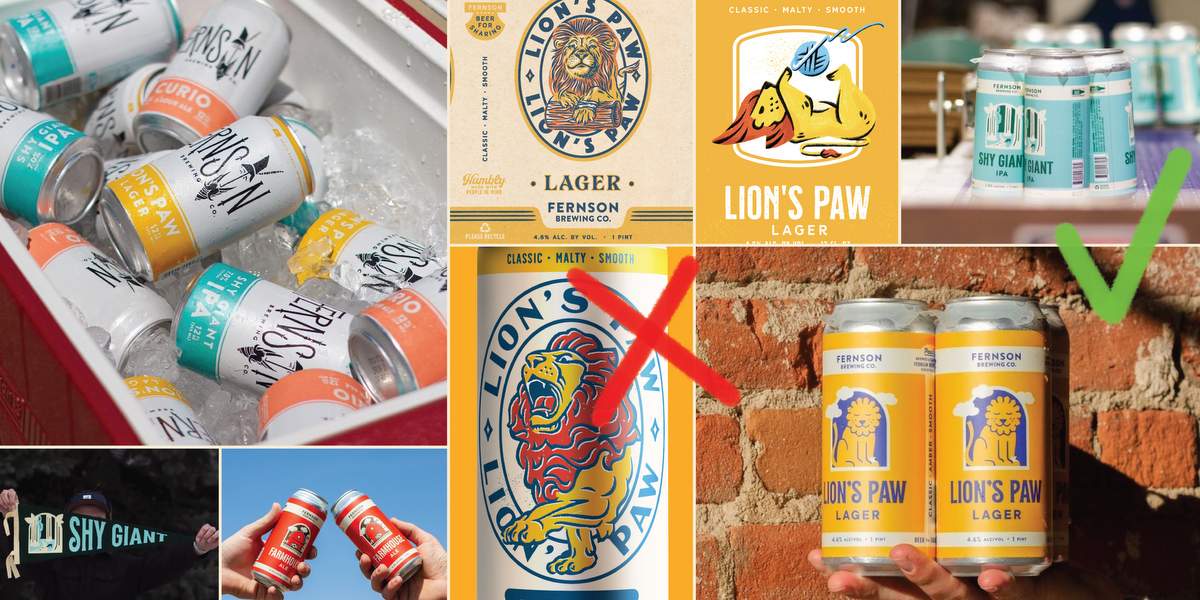
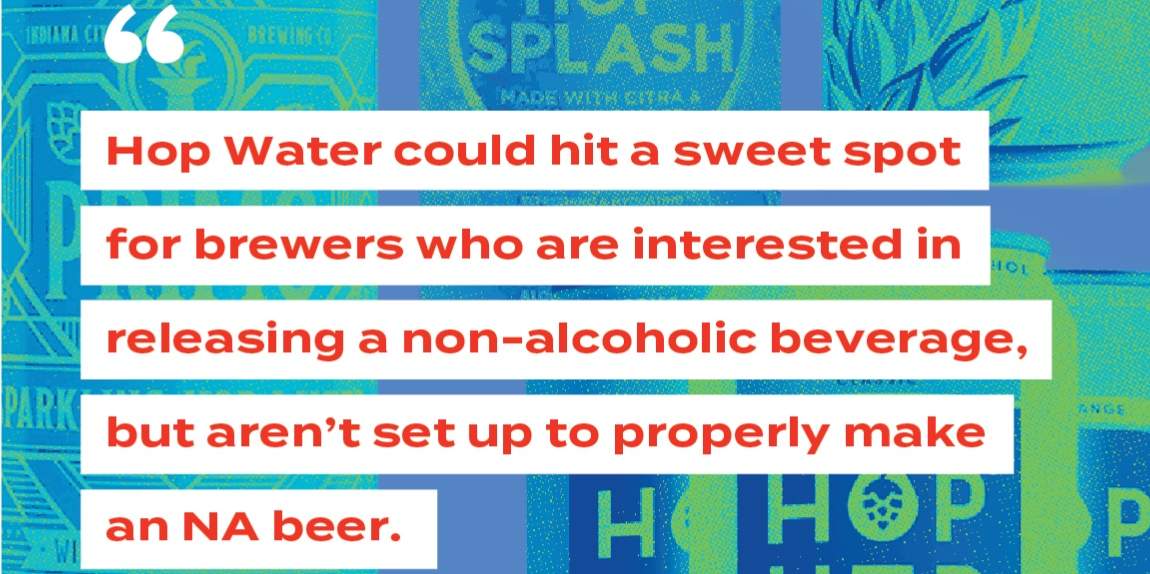
Leave a Reply
You must be logged in to post a comment.